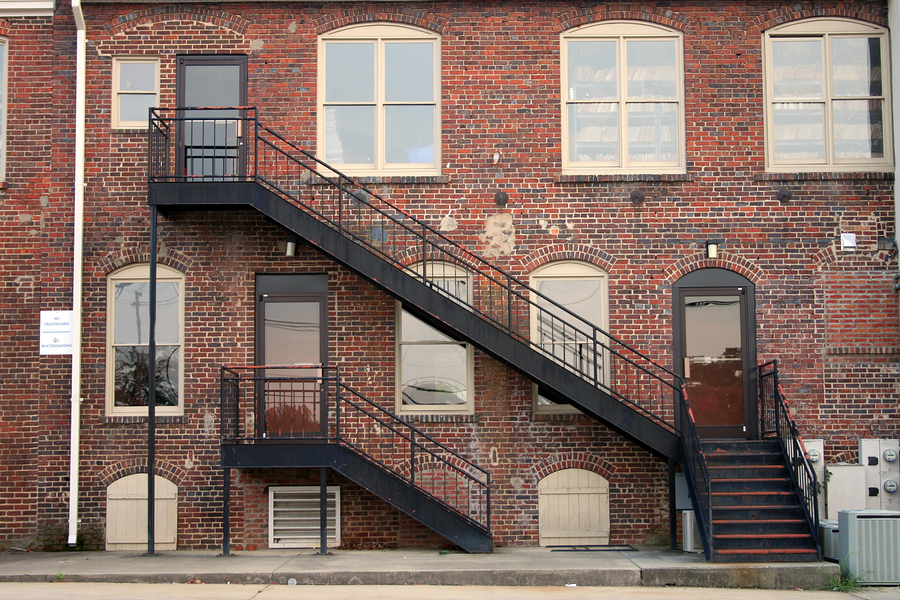Most of us in the multifamily real estate industry are dealing with dinosaur-era properties. Okay, a slight exaggeration. The research says that over 78 percent of the multifamily buildings in the United States were built prior to 1990.
We all know the issues with projects that enhance energy efficiency. Split incentives, the maze of codes and permits, and the perennial lack of funding or profitable results. That’s the perception.
Energy efficiency will save you money
The truth is that retrofitting your building even in small ways can save you money. Admit it, your building isn’t as energy efficient as it could be. Yes, some retrofits are a long-term investment but there are other quick fixes that can help your bottom line this month.
Capital is out there. You might have to do some digging but there are grants, rebates, tax incentives and other ways to find the money. Just think of the ways you can market your building after your retrofit!
Target how you need to retrofit for sustainability
First you must evaluate your building’s performance. Look at the property with new eyes. There is help out there to make sense of the areas you should address.
- EZ Retrofit is a free tool for multifamily owners that offers an “easy way to identify cost-effective water and energy efficiency upgrades.”
- Energy Star offers free analyzing tools.
- Green Button helps you access your utility usage data.
Conduct a nighttime audit to find out what’s on after hours that shouldn’t be. Remember to calculate the expected utility inflation so you know what the best return numbers would be.
Retrofitting options
Once you know where you can save money, then you can zero in on your options. For example, there are several wide areas you can improve energy efficiency.
- Building envelope improvements – doors, windows and insulation
- Energy efficient products and appliances – lighting, refrigerators, etc.
- Heating, air conditioning and ventilation – HVAC improvements
- Installing solar photovoltaic (PV) panels
- Landscaping – using grey water irrigation or drought resistant gardens
- Plumbing upgrades – low flow adjustments, pipe insulation
Financial assistance for going green
There are financial resources to help you at the federal, state and local levels. Read the fine print in these offers. You need to do your research to make sure the retrofit products you buy match the specific requirements for the rebates, tax-incentives, lower interest rate loans, deals for trade-ins and other special offers.
If you are using a contractor make sure they are fluent with the specific requirements for your area to maximize your savings advantage.
Start your research with the big federal players and narrow down to your state and municipality.
Depending on your budget and the scope of your project you should plan for bottom line profit with your retrofit.
Think of going green as another feather in your marketing cap. Yes, there will be a financial reward but you should also give yourself credit for doing good for the environment and doing good for the economy. It’s a win-win.
Related Articles
Want an Energy Efficient Rental Property? Here Are 18 Things You Can Do
How to Ensure a Cool & Safe Summer for Your Residents!
Reduce Multifamily Operating Costs With Green Strategies
Latest posts by Theresa Bradley-Banta (see all)
- Multifamily Common Areas Maintenance & Management Tips - March 31, 2020
- 8 Tenant Gift Ideas That Will Boost Your Bottom Line - November 11, 2019
- Need a Package Delivery System at Your Multifamily Rental Property? - October 28, 2019



